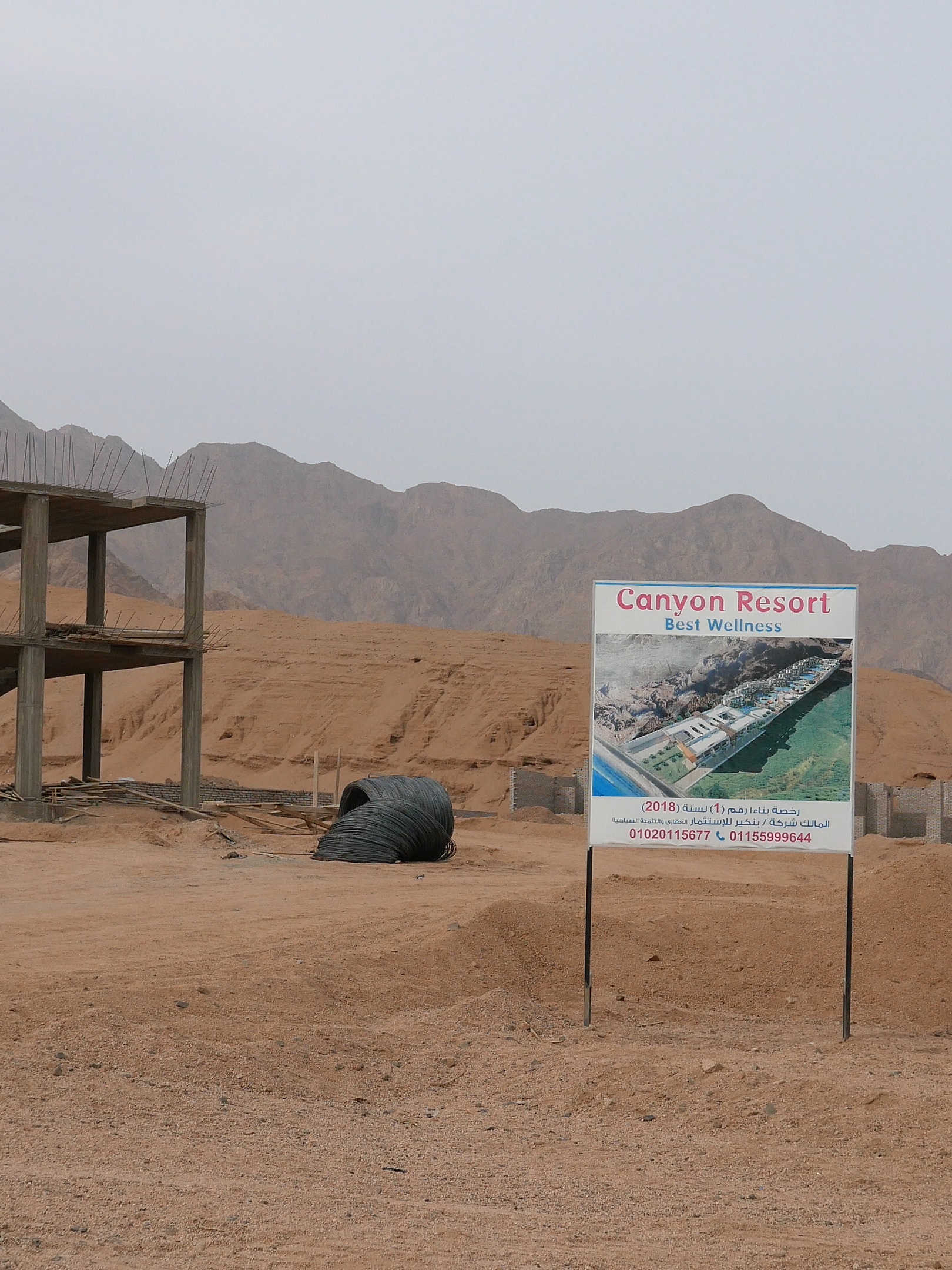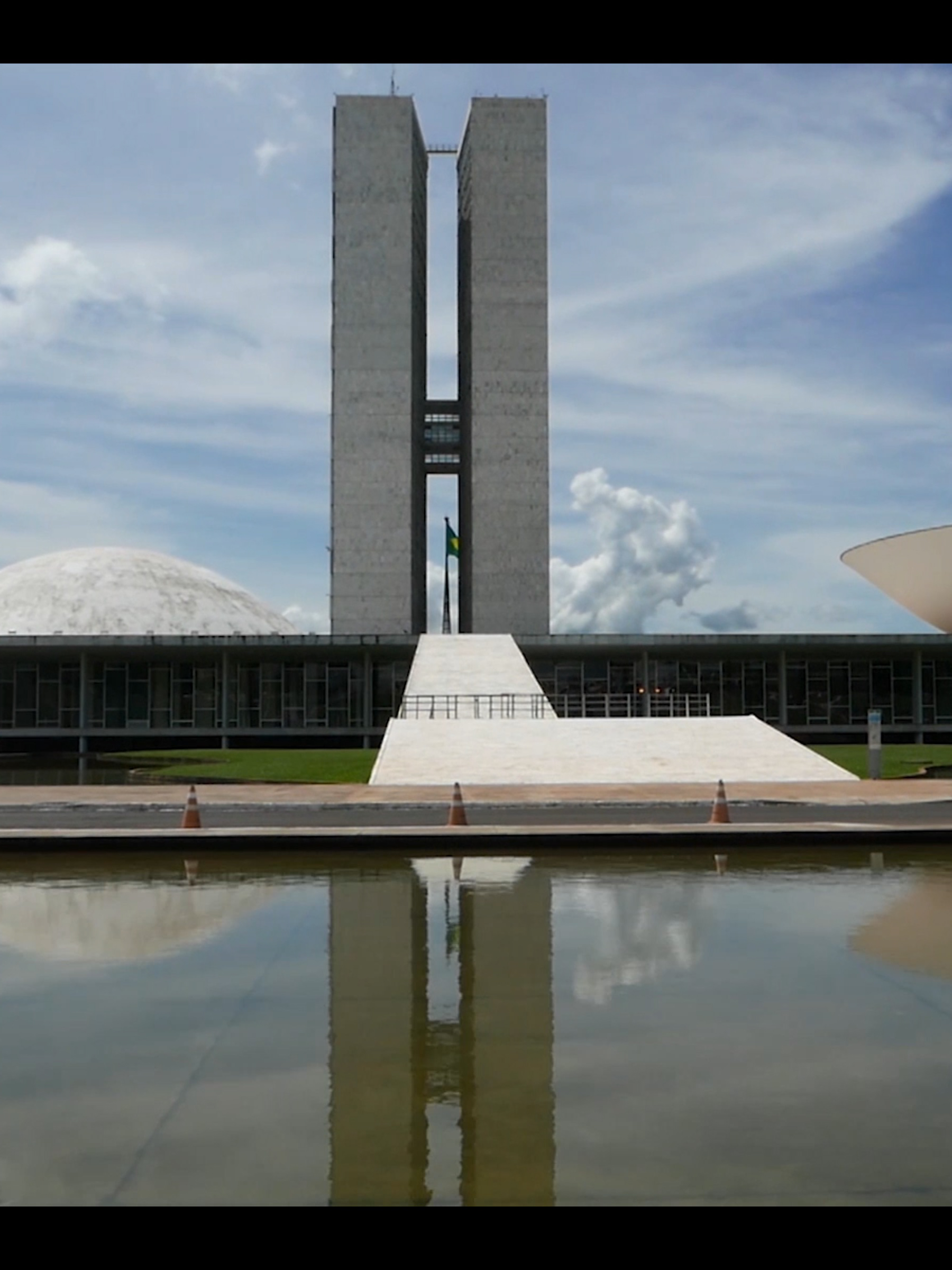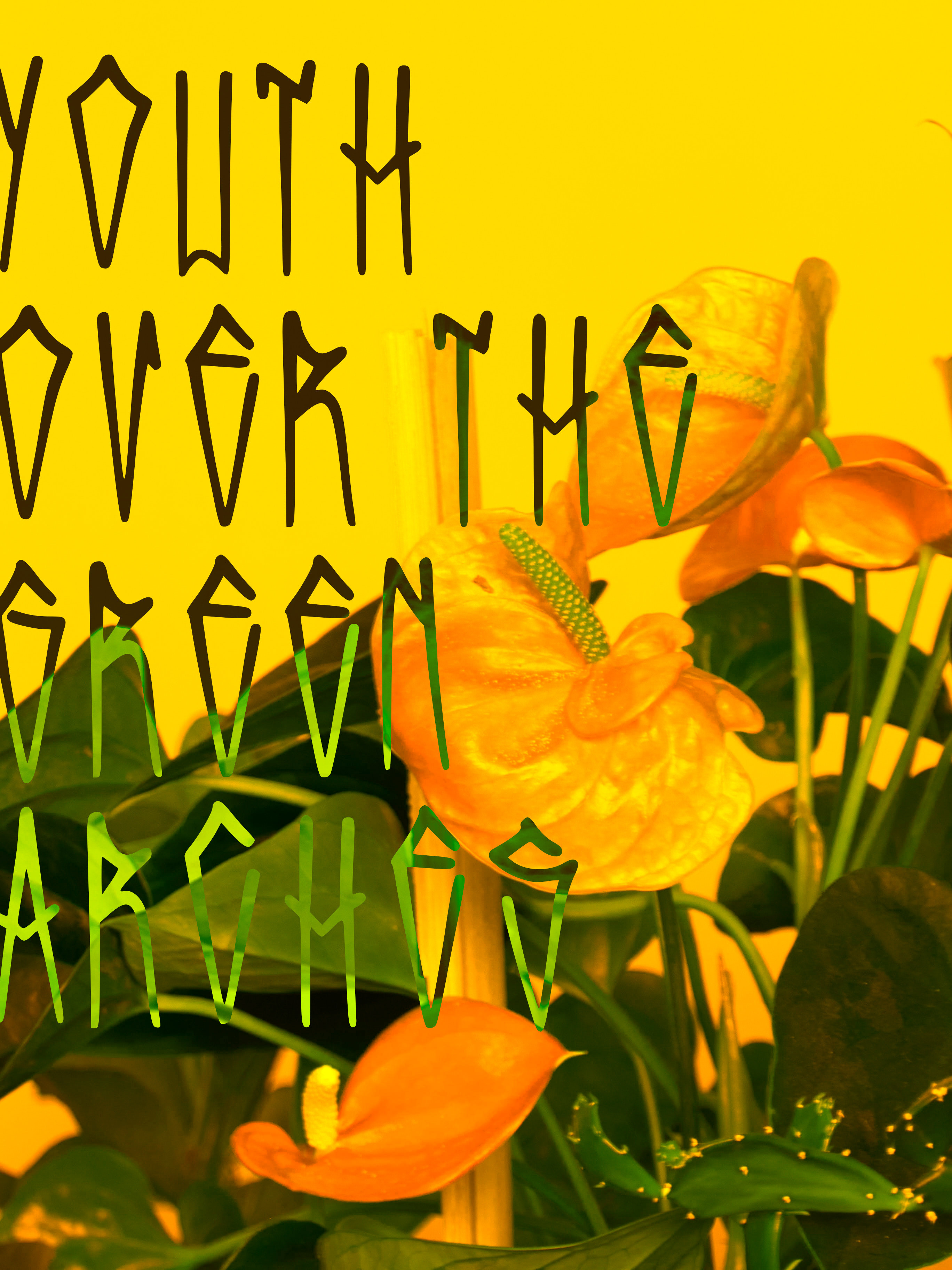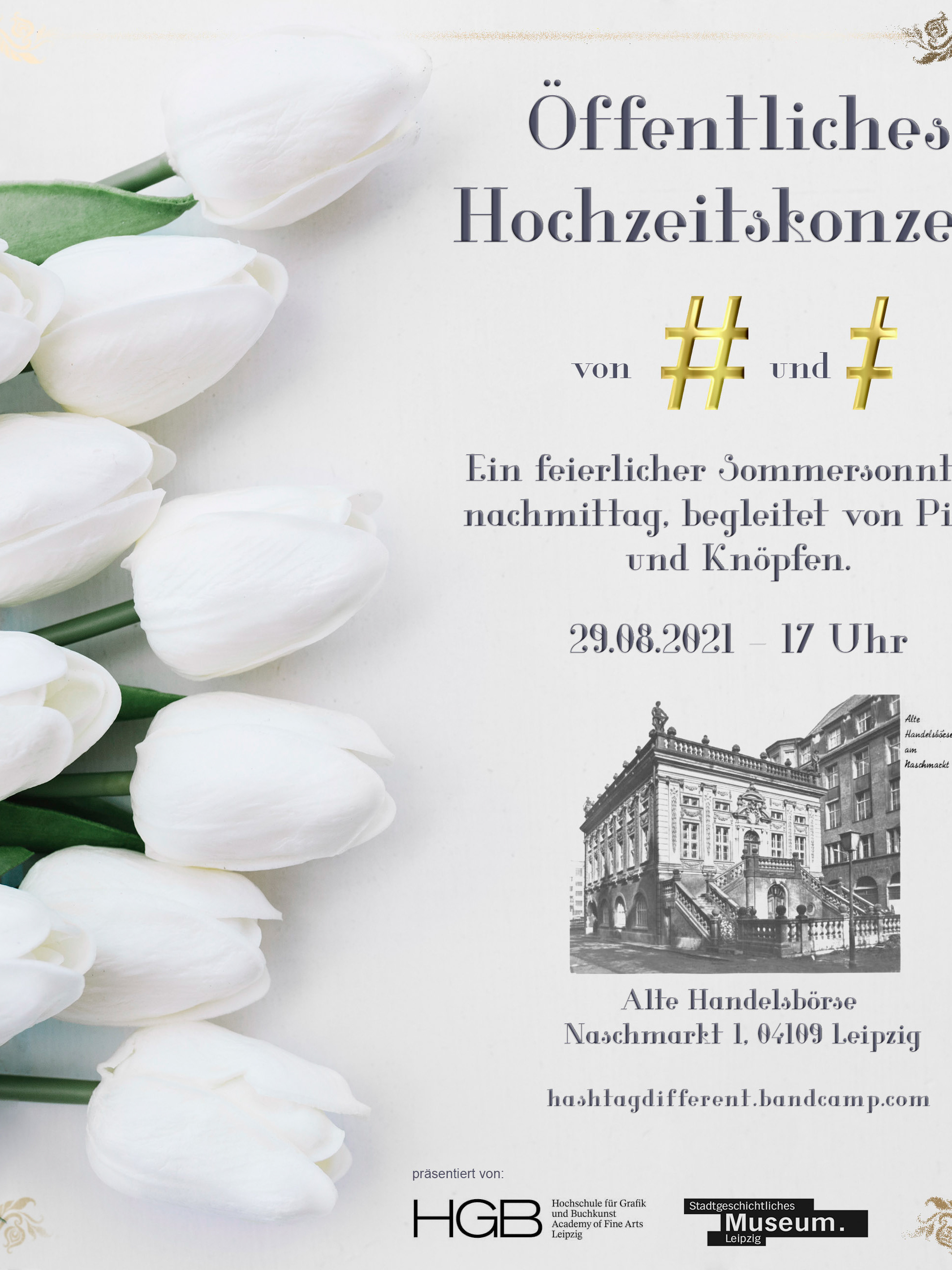An experience quite difficult to put it words, me and a few other international artists were invited for a residency in the eastern part of Ukraine, which would be closed with an exhibition in the city’s art museum. The situation of the conflicts considering the recent and ongoing war with the Donetsk People’s Republic (some of the conflicts started in Kramatorsk), were confirmed to be far away (more than 30km) form where the residency would take place.
Not knowing exactly what to expect, the time spent there was an intense exchange of philosophy, politics and art practices with the locals and with each other, where many times the exhibition itself had the smallest importance.
In the end a few works came out of this powerful time, together with an extreme sensation of know-nothingness about post Soviet mentality, Russian-Ukrainian relations and the role of contemporary art in such damaged environments.
Palmas Kramatorsk
A video searching for the similarities into two extremely distant places from each other, but thanks to similar political mismanagements and architectural globalization, have a lot in common. When The state of Goiás in Brazil was divided between the nowadays called Goiás and the northern part now called Tocantins in the late 80’s, the latter needed a capital, as it’s biggest town Araguaína suffered already from an Urbanistic catastrophe, a new one was planned and built.
It had similar ideas and projects to which were already proven to fail in Brasília, the nation’s capital. Nevertheless it kept it’s way on segregation, lack of vision, corruption and other state funded diseases, infamous in developing countries.
Kramatorsk in the other side, became the Donetsk region new Capital, now that a big part of the Donetsk Oblast including it’s capital Donetsk City was occupied by separatists. The city is now going through slow changes and receiving minor interest in the region, but it feels that till now, only the negative sides of being a capital arrived, such as construction sites, higher prices and harder lodging.
Modernity
One of the most present feelings during this time there, was the animosity to what recalls the USSR. A big effort has been made also by the authorities to get rid of monuments and political influence from what connects to that period of time. Leaving to the future to tell whatever the outcome of the so called “Decommunization” will be, I made a few images on the topic. In this first example, this plinth used to support a Lenin figure, the new symbol is a digital rendering.
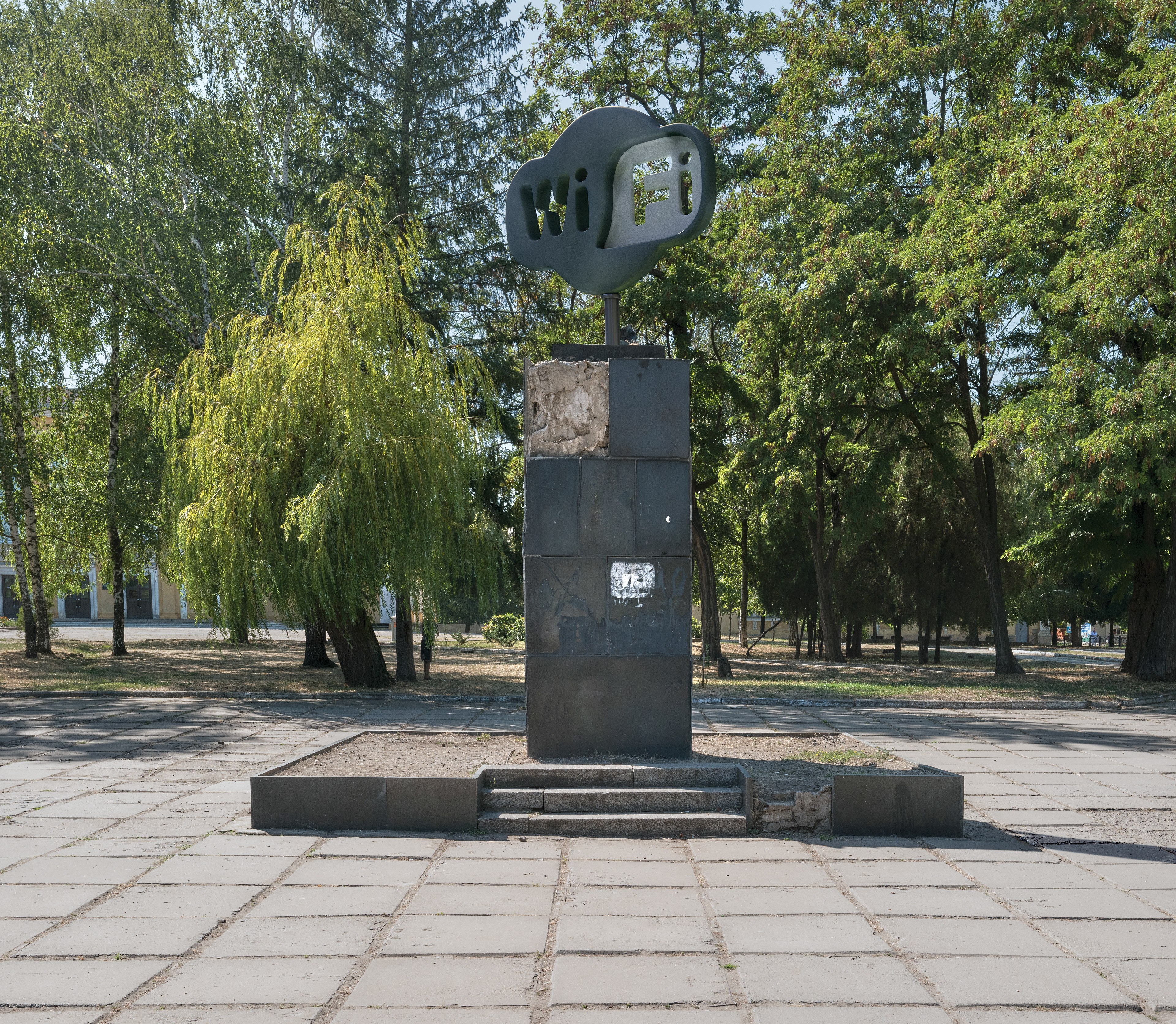
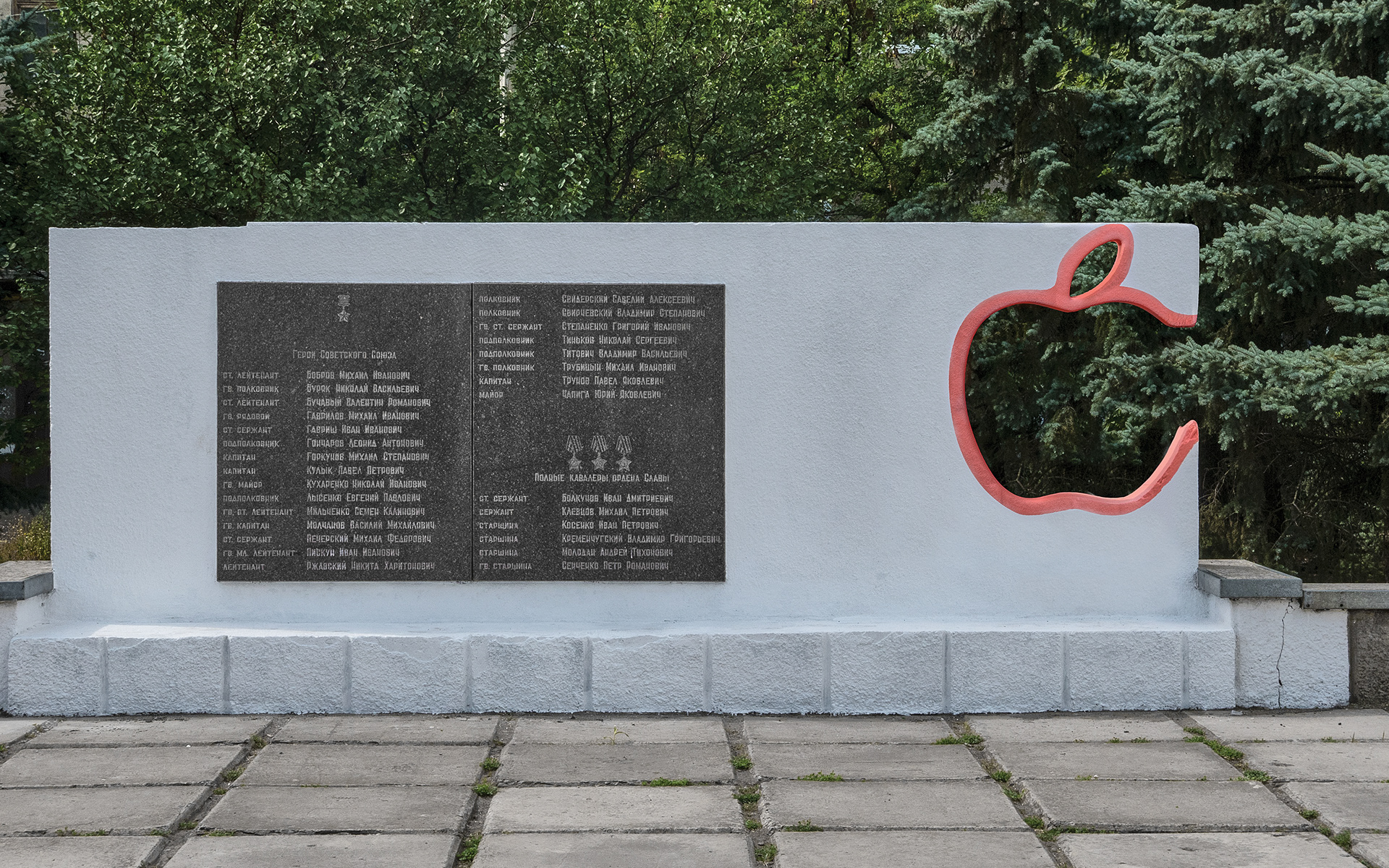
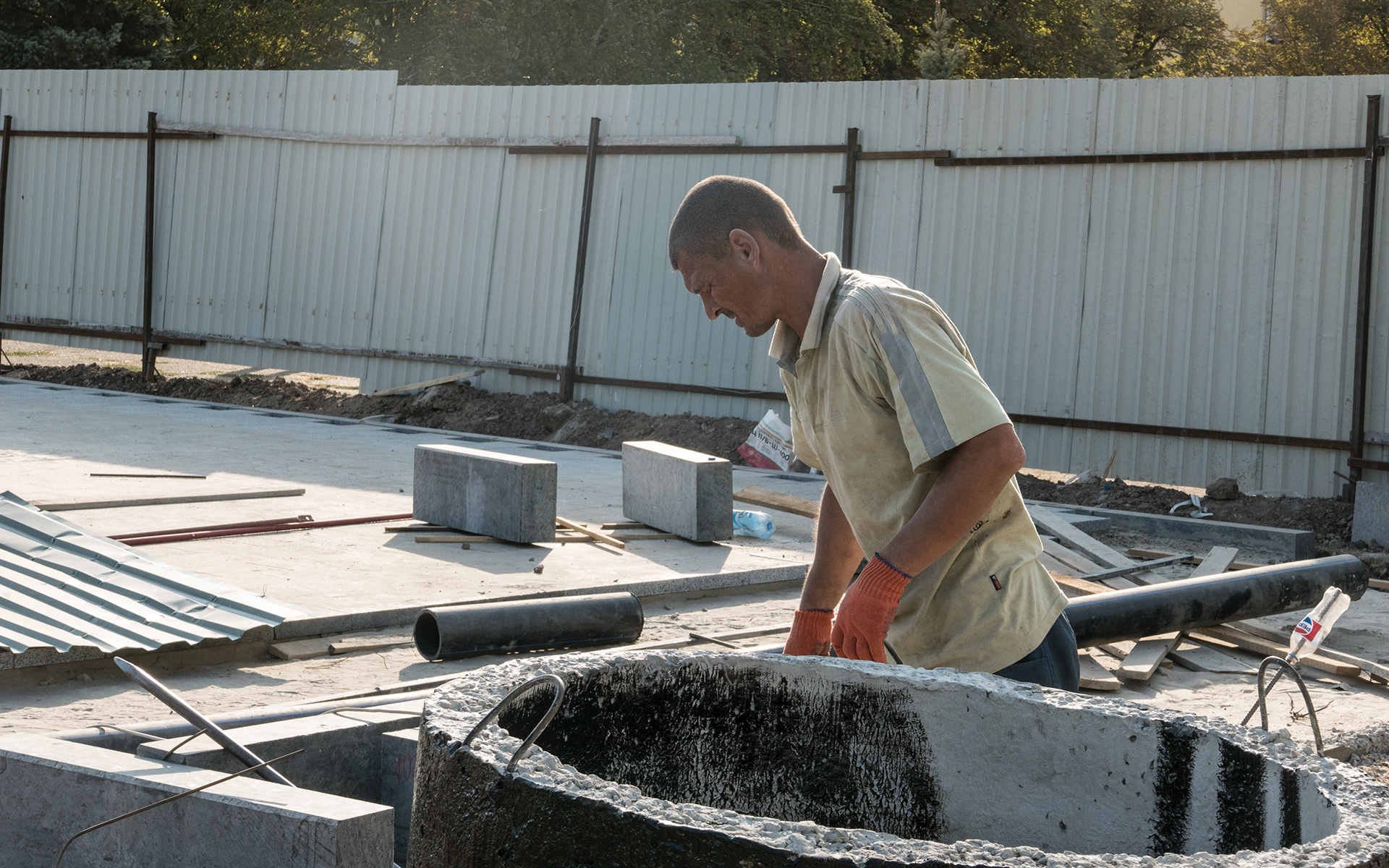
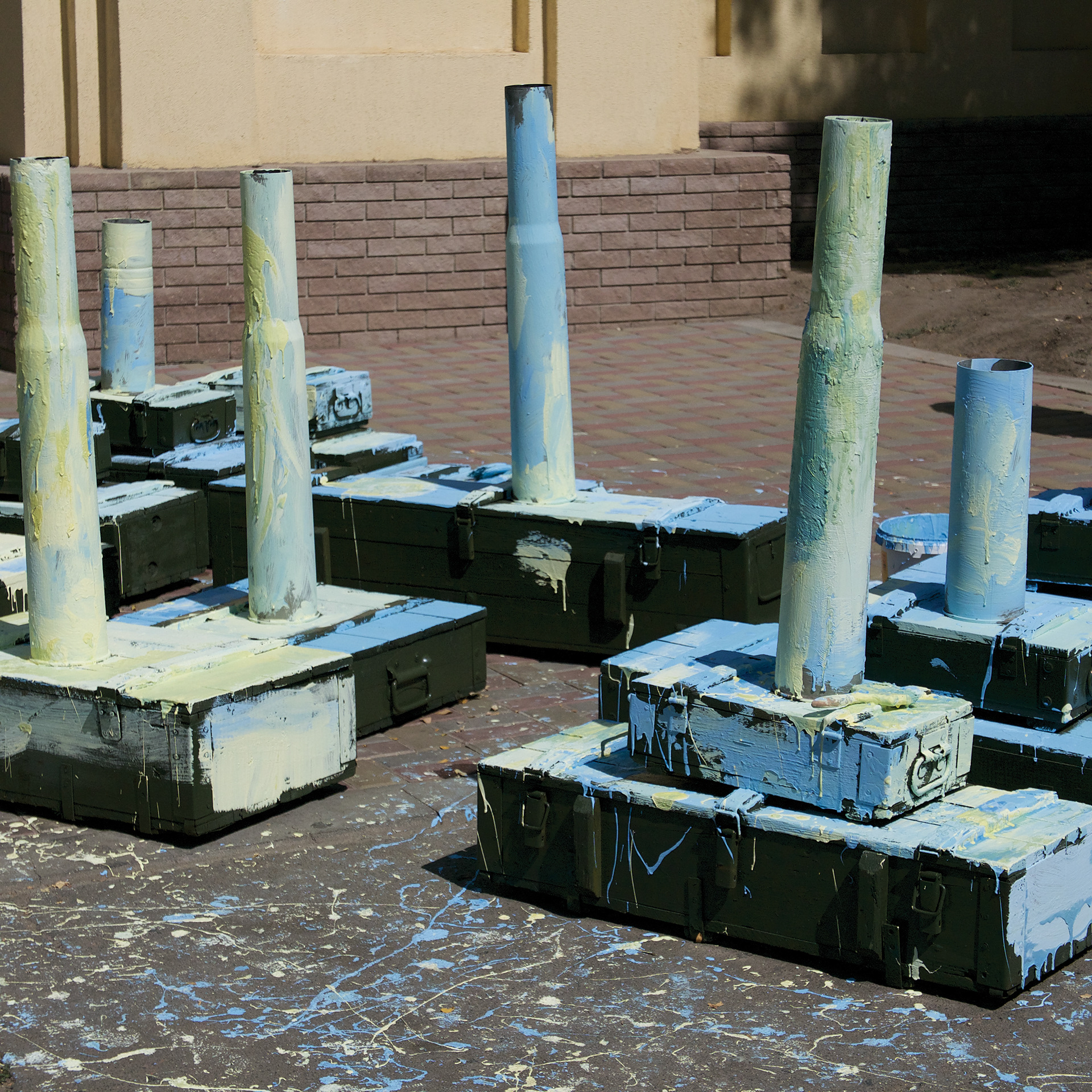
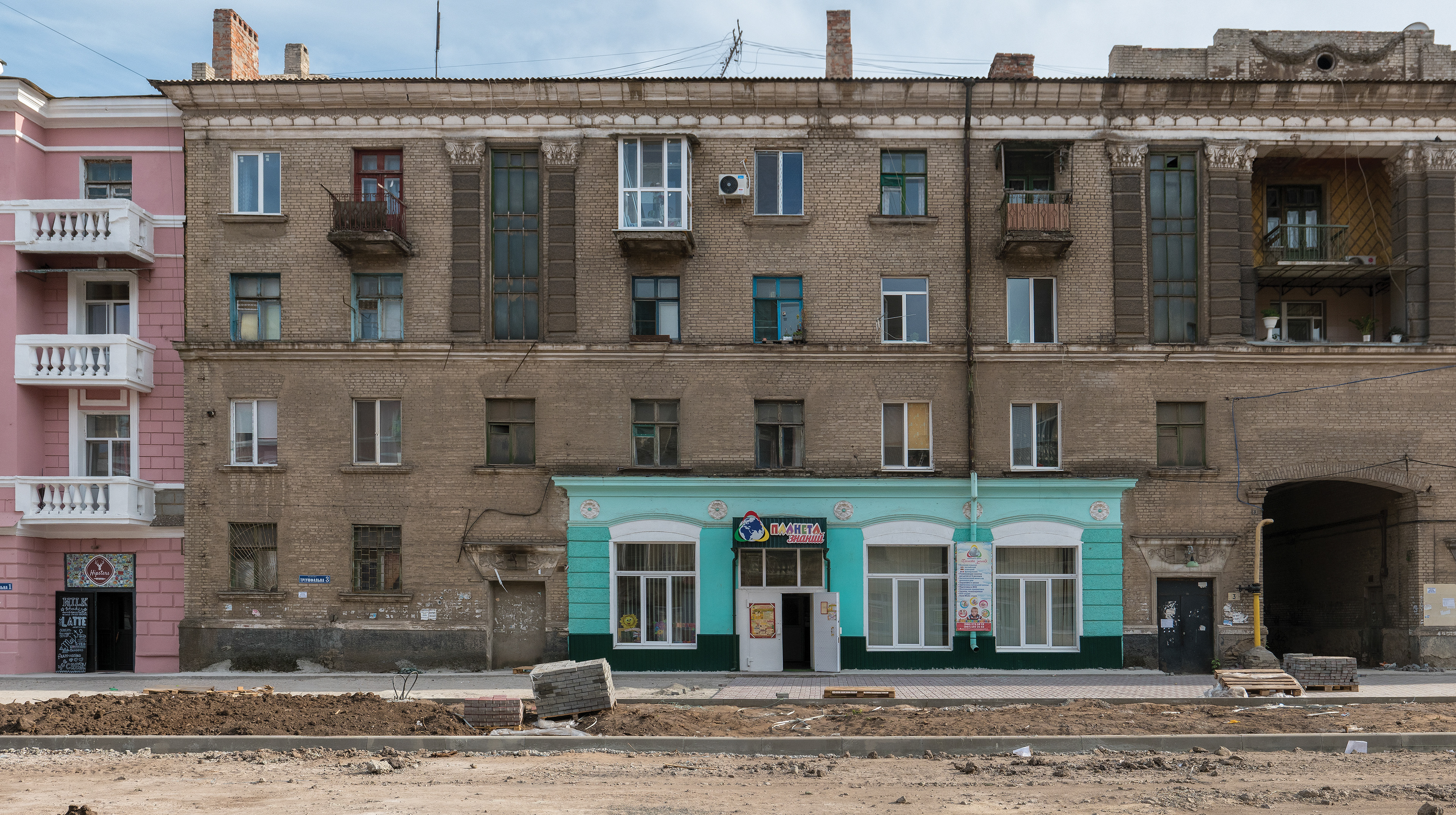
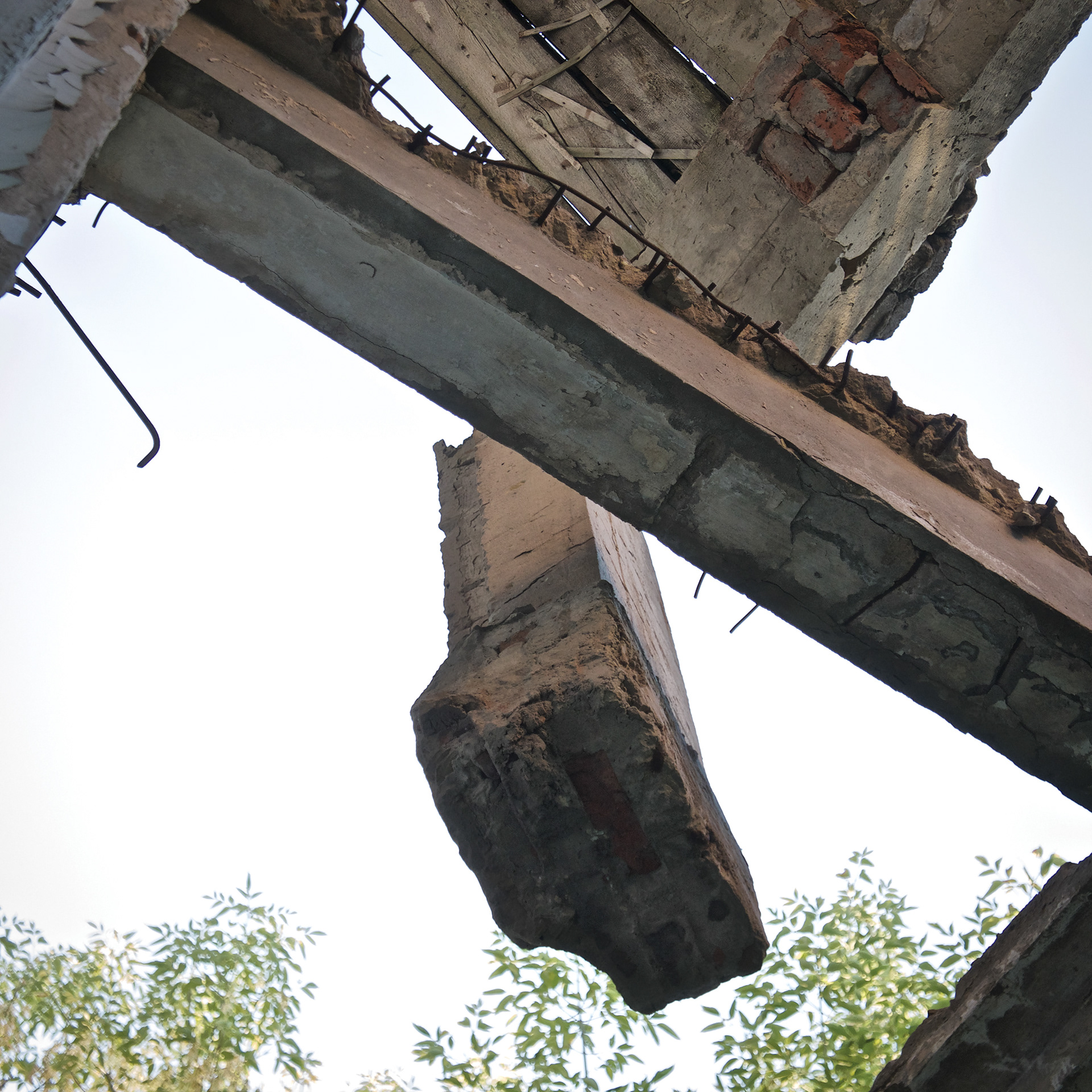
Go(L)d
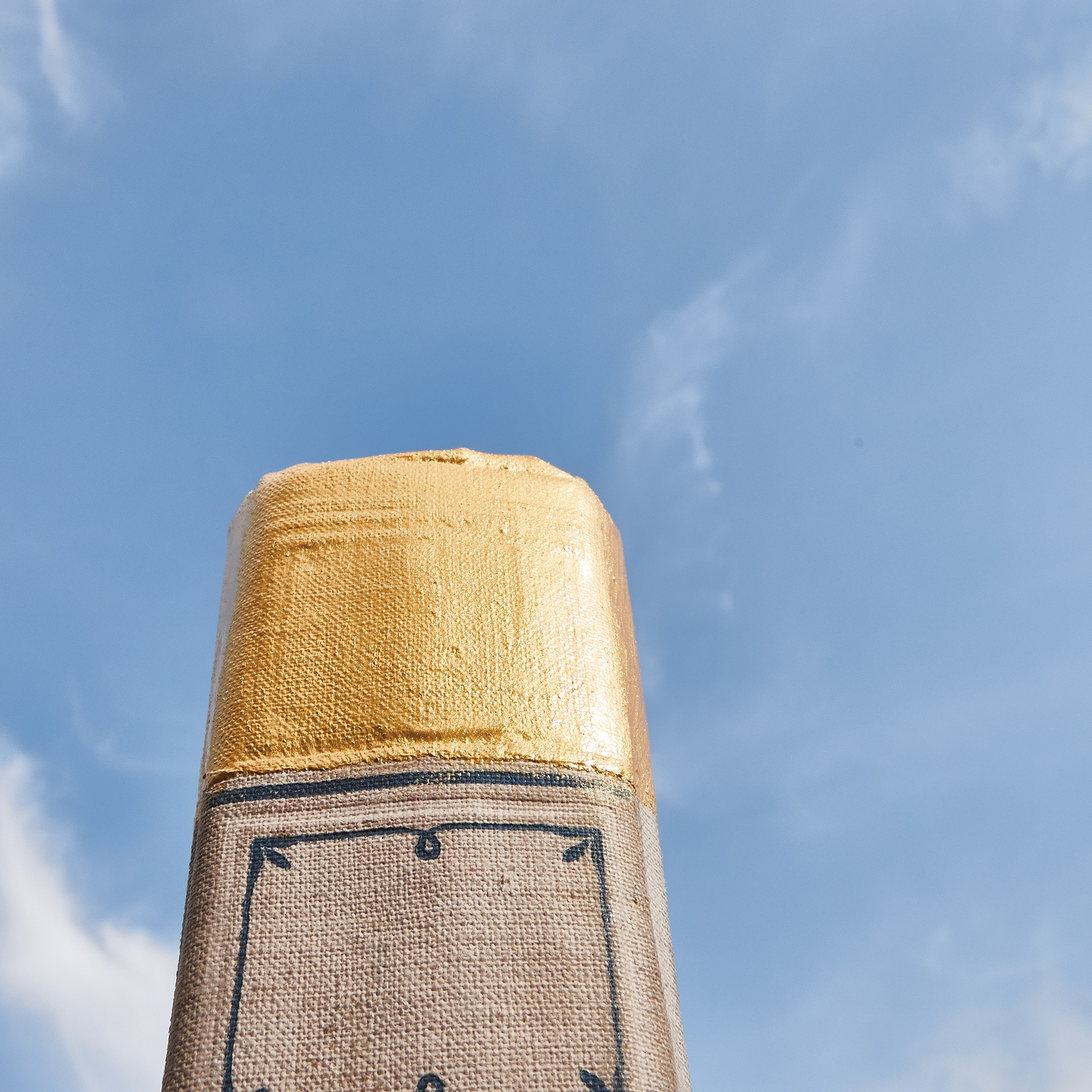

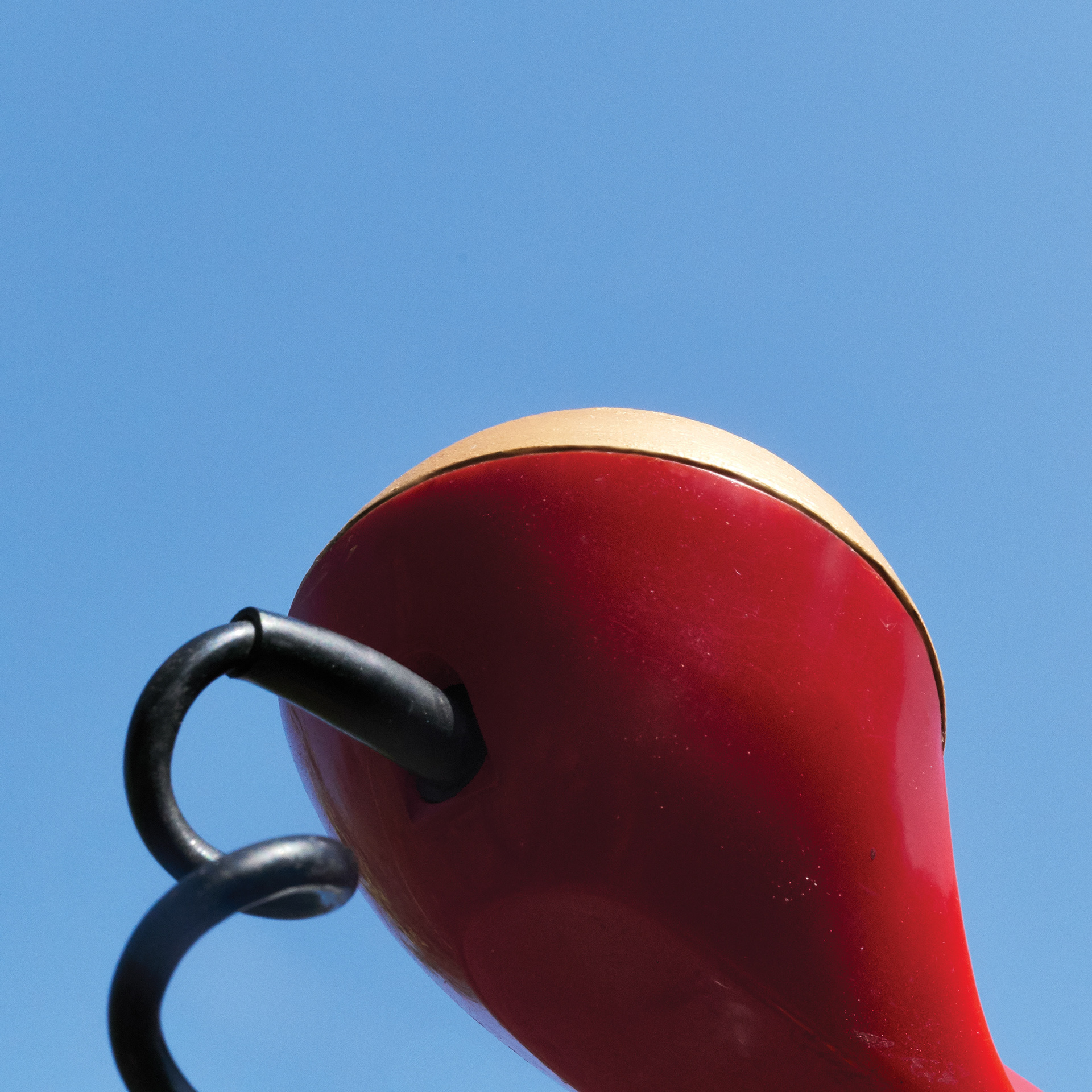
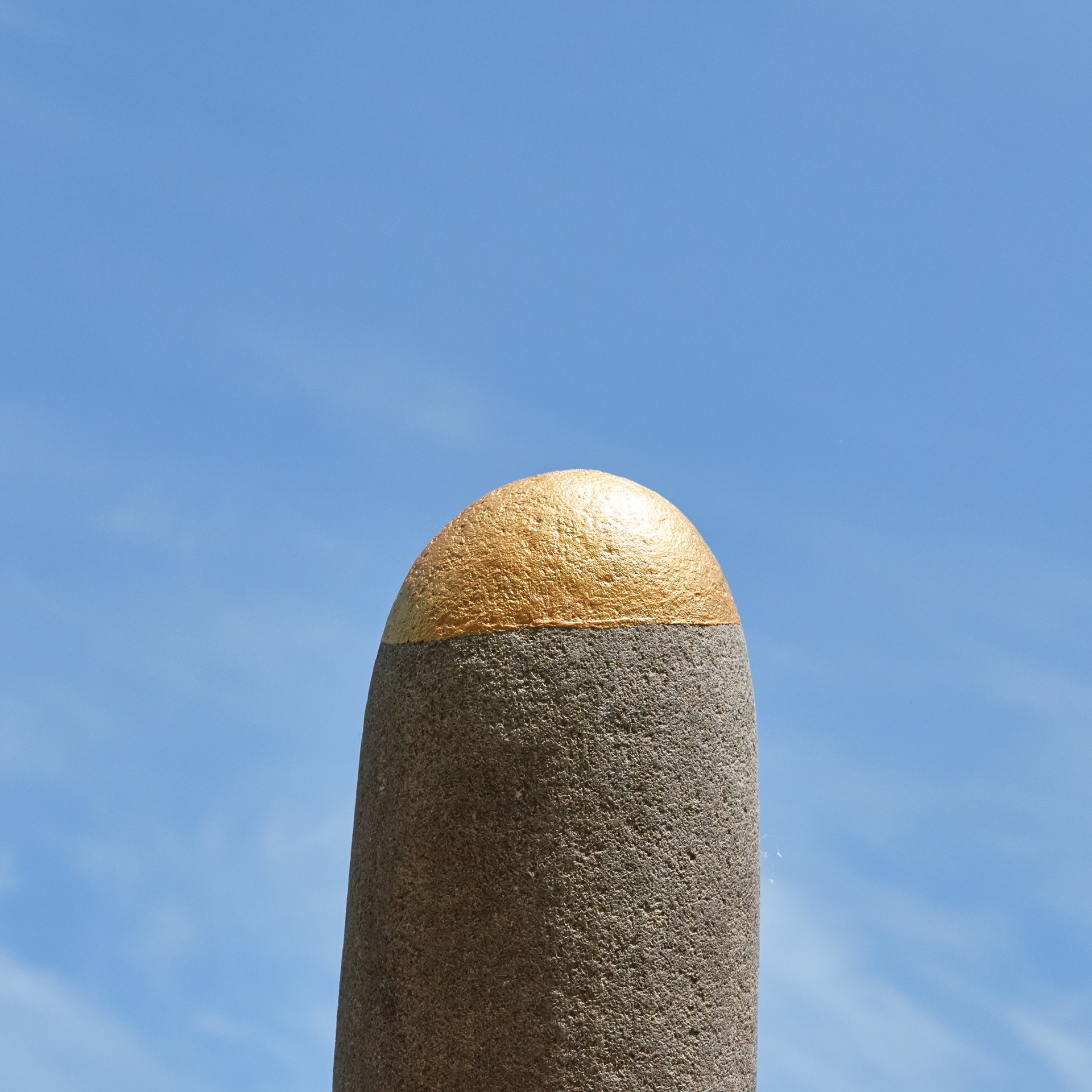
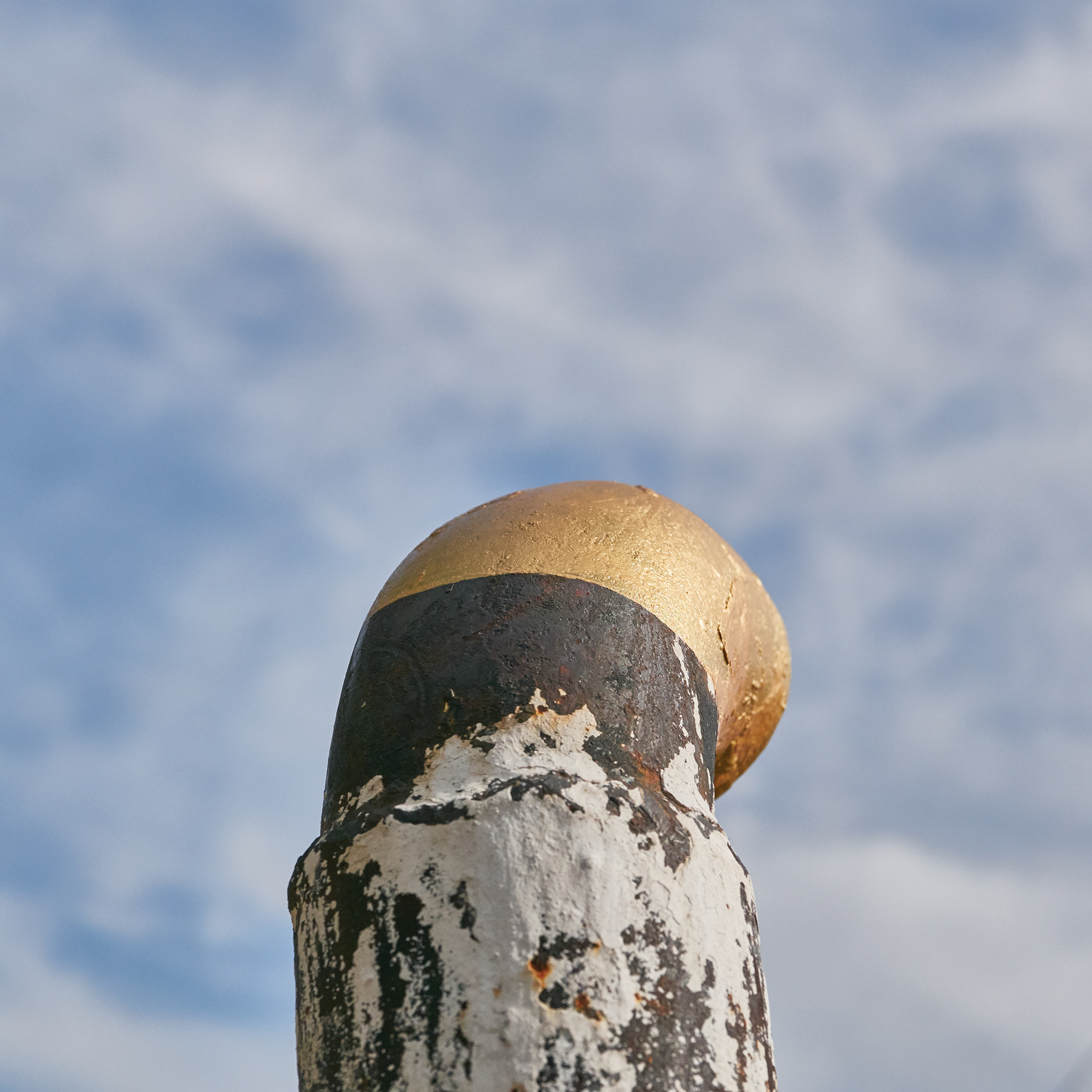
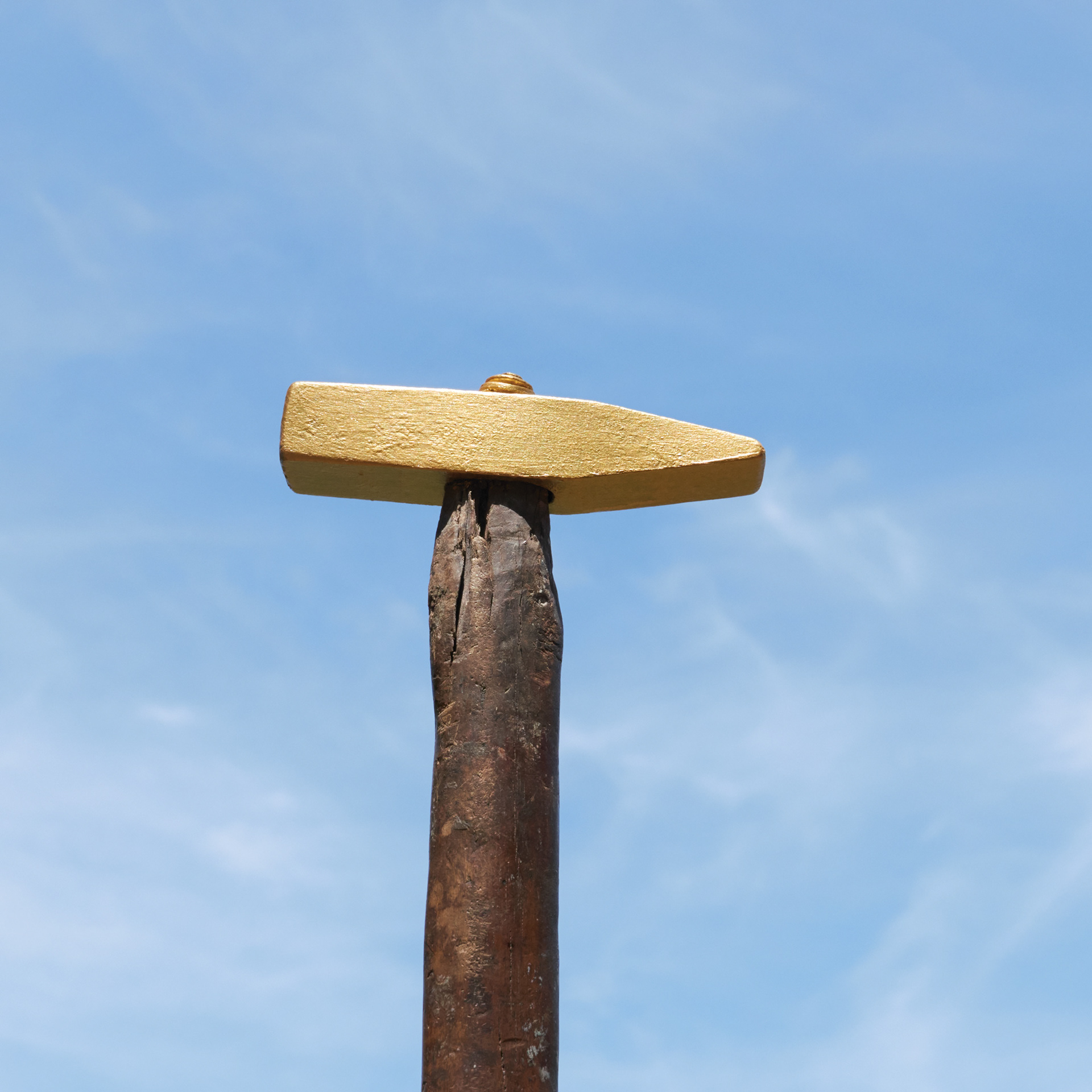



Another ironic and somehow provocative series is on the Orthodox Church symbolism.
